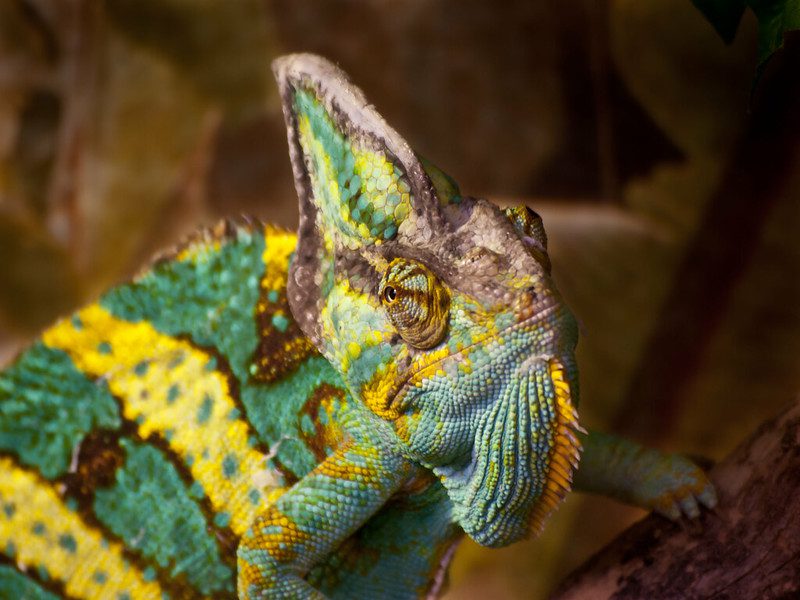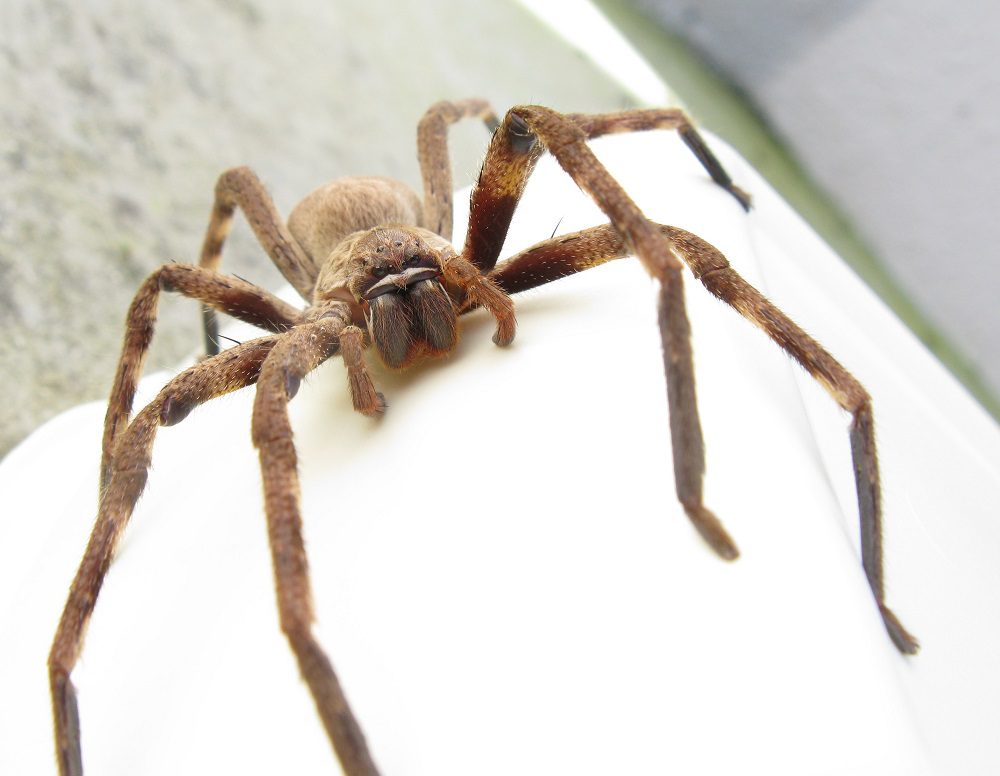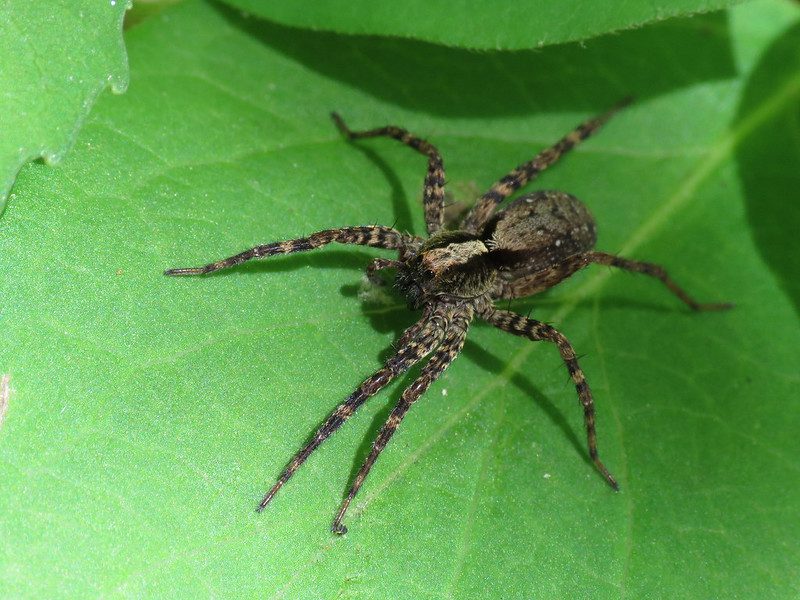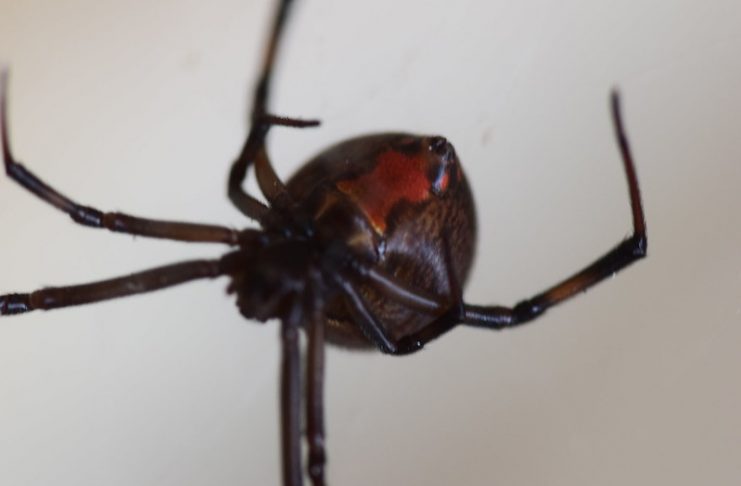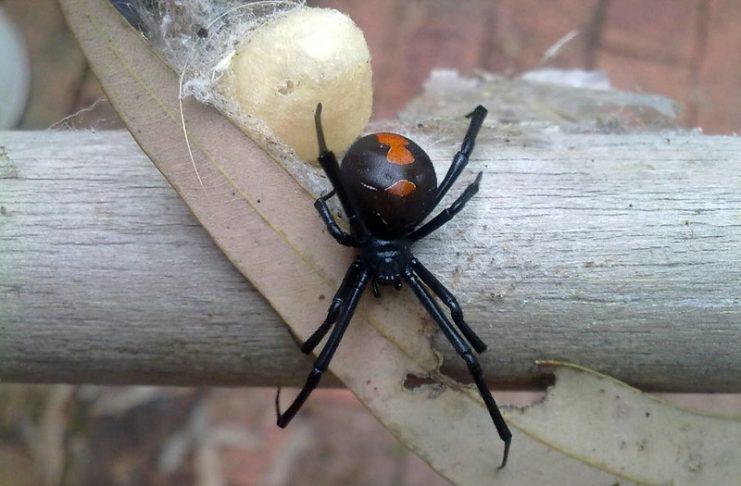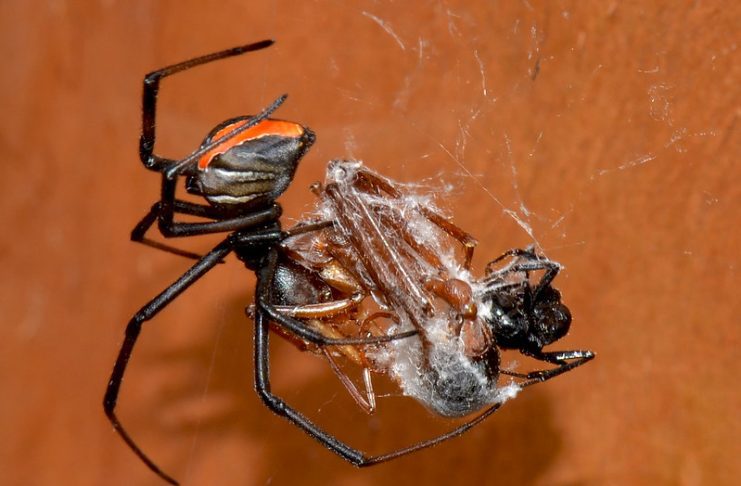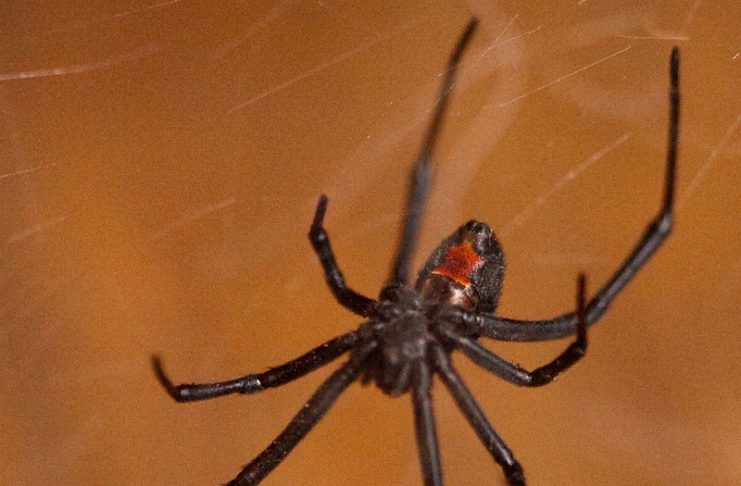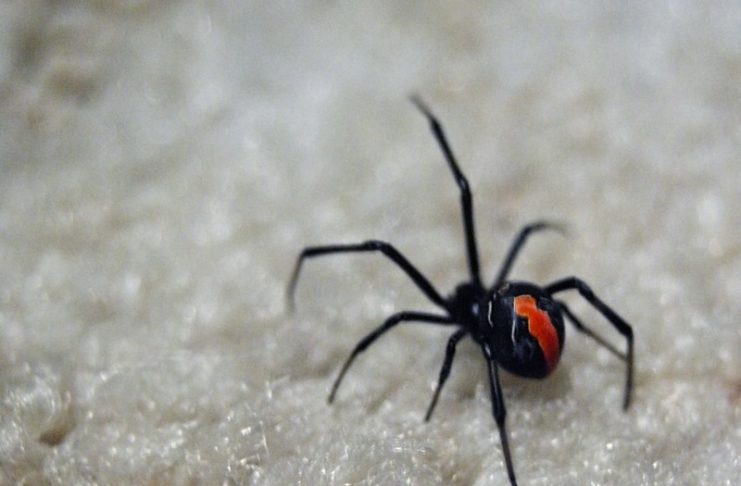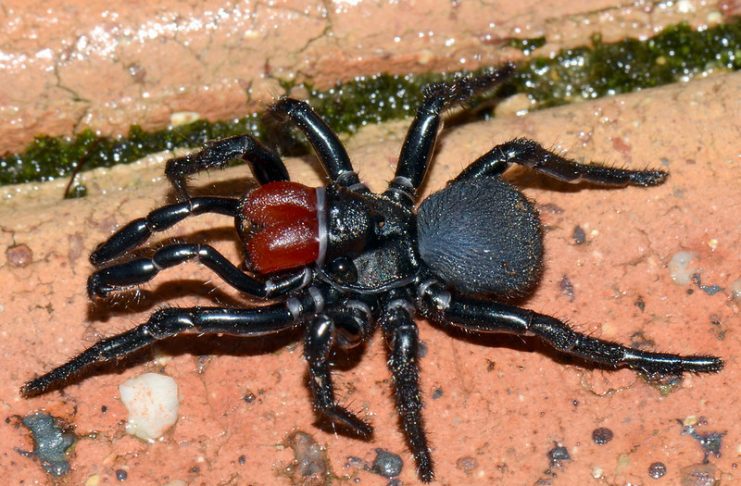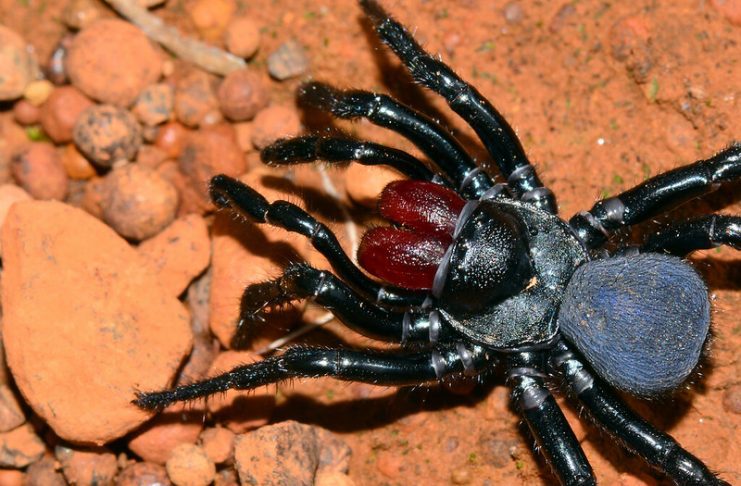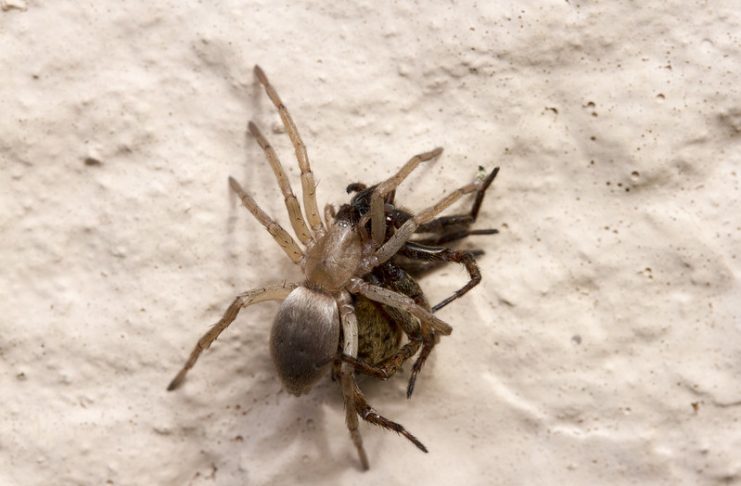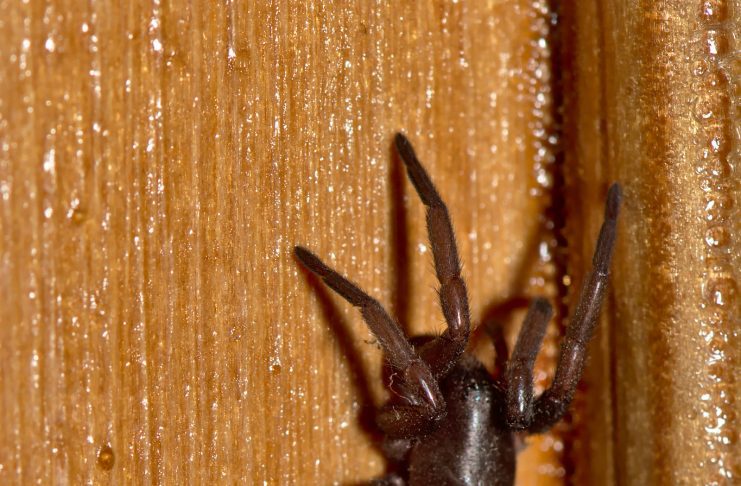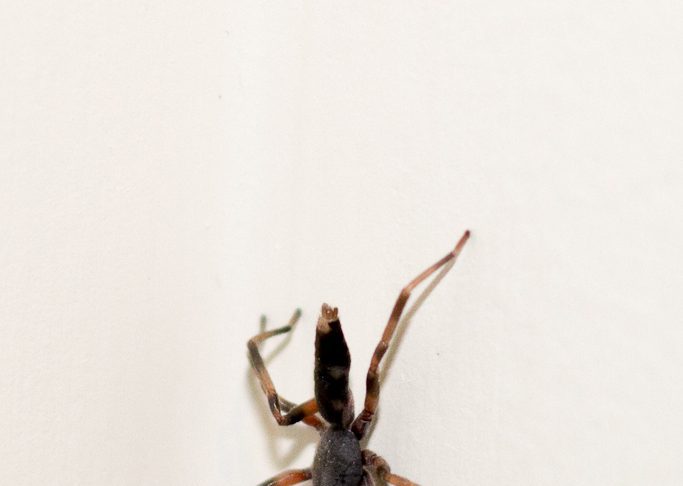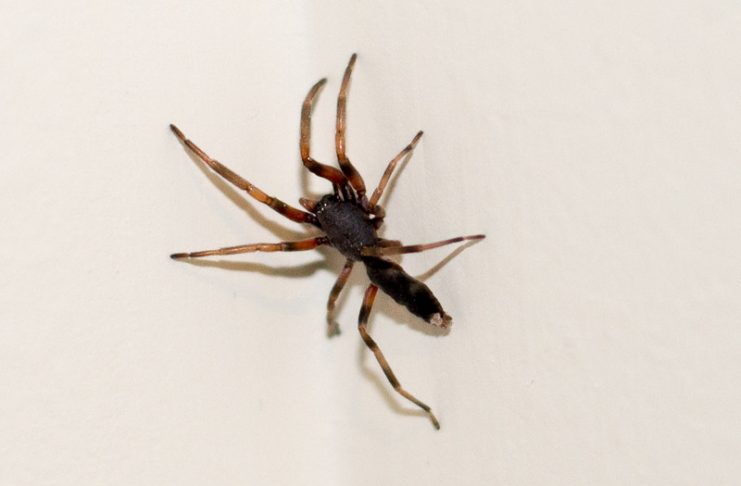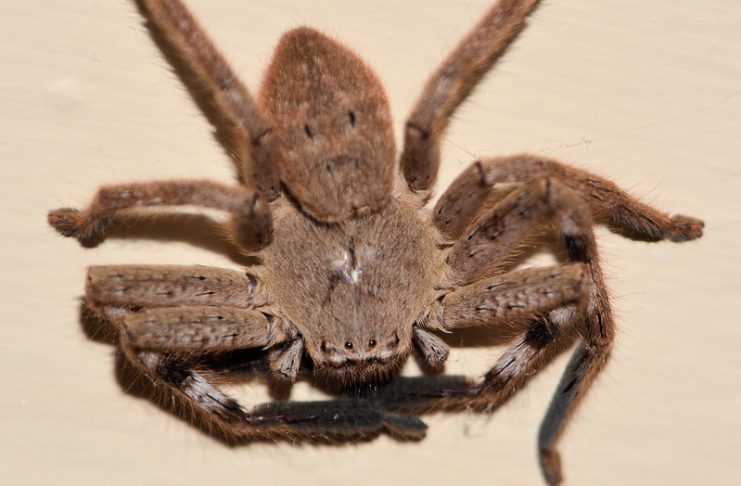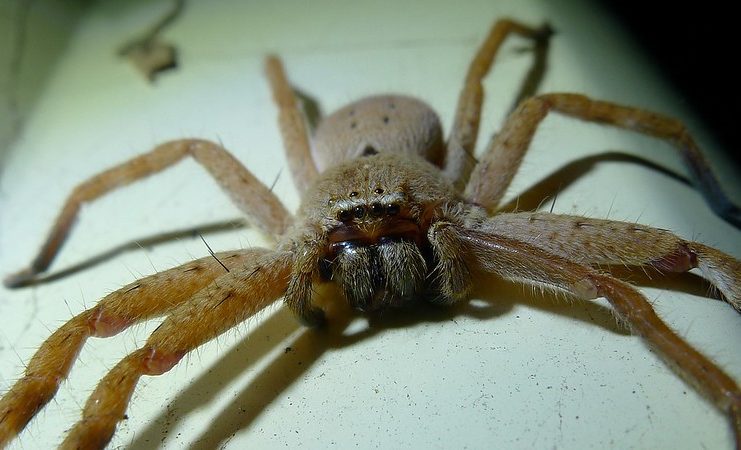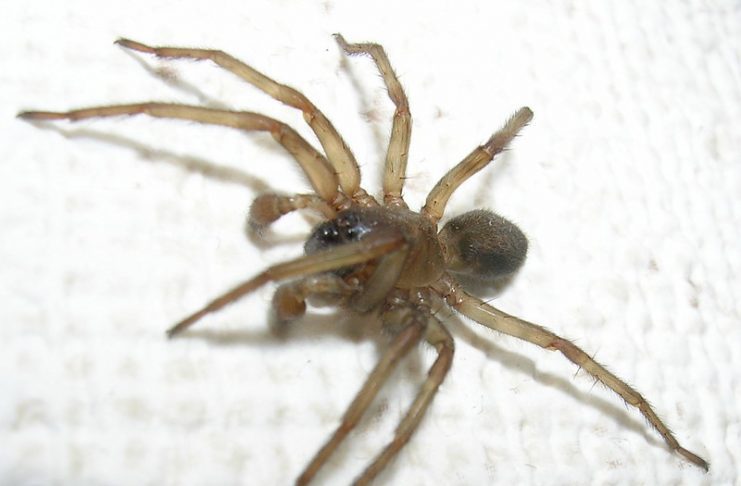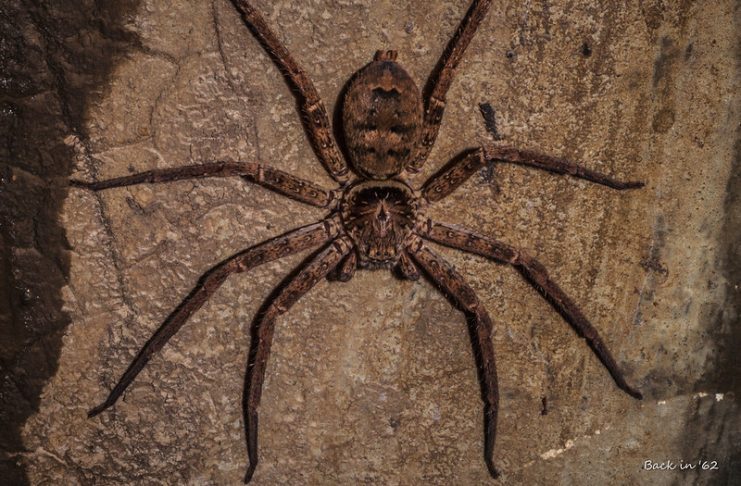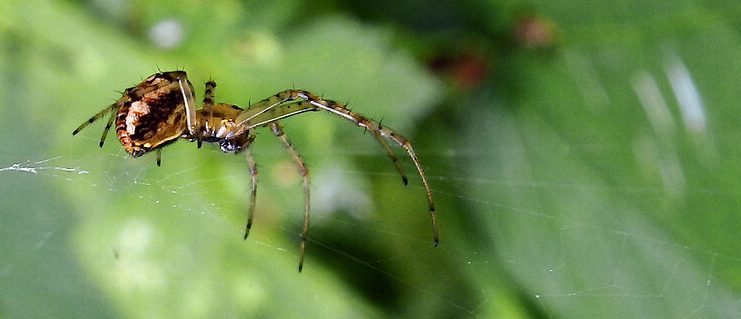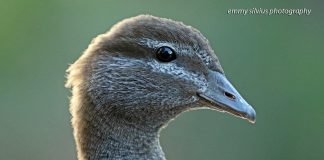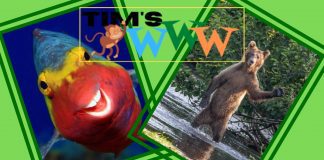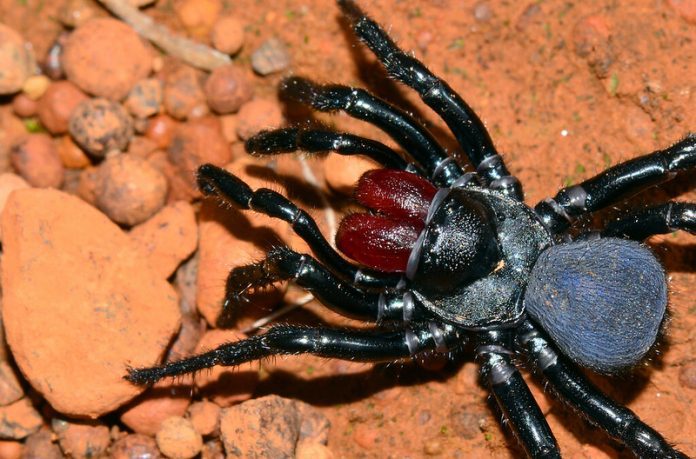
Introduction
Venomous spiders are found all over the world, including in Australia. Some of the most venomous and deadliest spiders in Australia are the funnel-web spider, the redback spider, and the white-tailed spider. These Australian spiders can cause serious health problems, including death, if their venom is not treated quickly.
There are an estimated 10,000 species of spiders in Australia, but only a handful of these are considered dangerous to humans. Of these, the top 10 deadliest and most venomous spiders are discussed below.
Sydney funnel-web – Hadronyche Cerberea
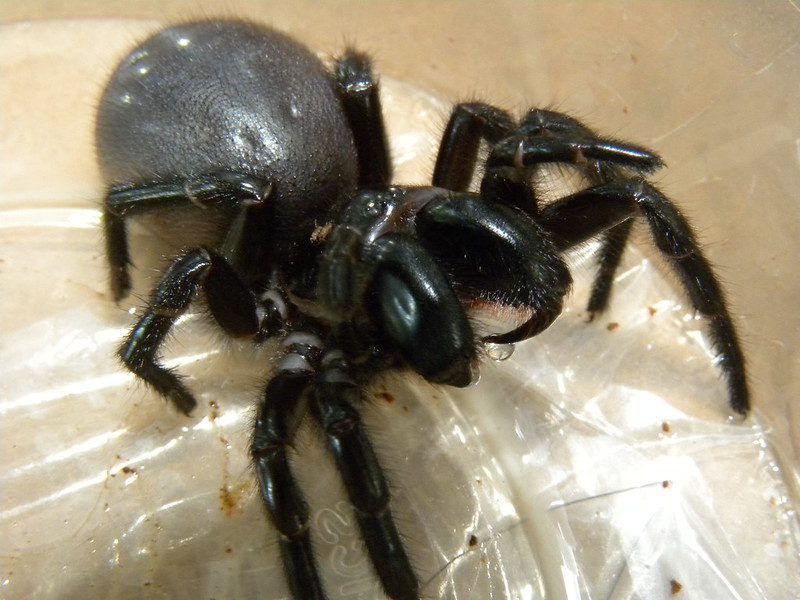
Sydney funnel web spiders are among the deadliest and most venomous spiders in Australia. These spiders live in burrows or crevices in the ground and often build their webs in trees or shrubs. They are dark brown or black, with a body length of up to 3 cm. The Sydney funnel web spider is found in New South Wales and parts of Queensland.
These spiders are aggressive, and their bites can be fatal to humans. Their venom is highly toxic and can cause paralysis, respiratory failure, and death. The Sydney funnel web spider is considered one of the most dangerous spiders in the world.
Other types of the funnel web spider
There are many different types of funnel web spiders, all of which are incredibly venomous. These spiders have large, powerful fangs that can inject a large amount of venom into their prey. They also have long, thin legs that allow them to move very quickly.
Northern tree-dwelling funnel-web spider – Hadronyche formidabilis
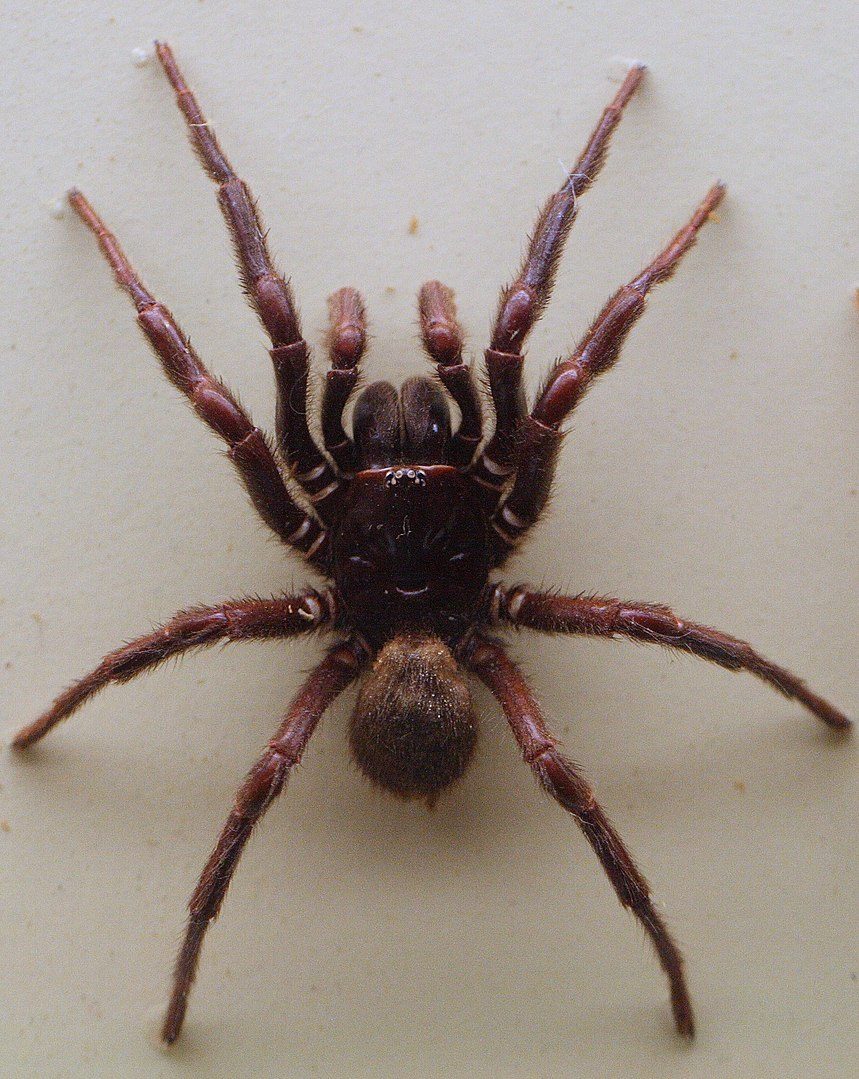
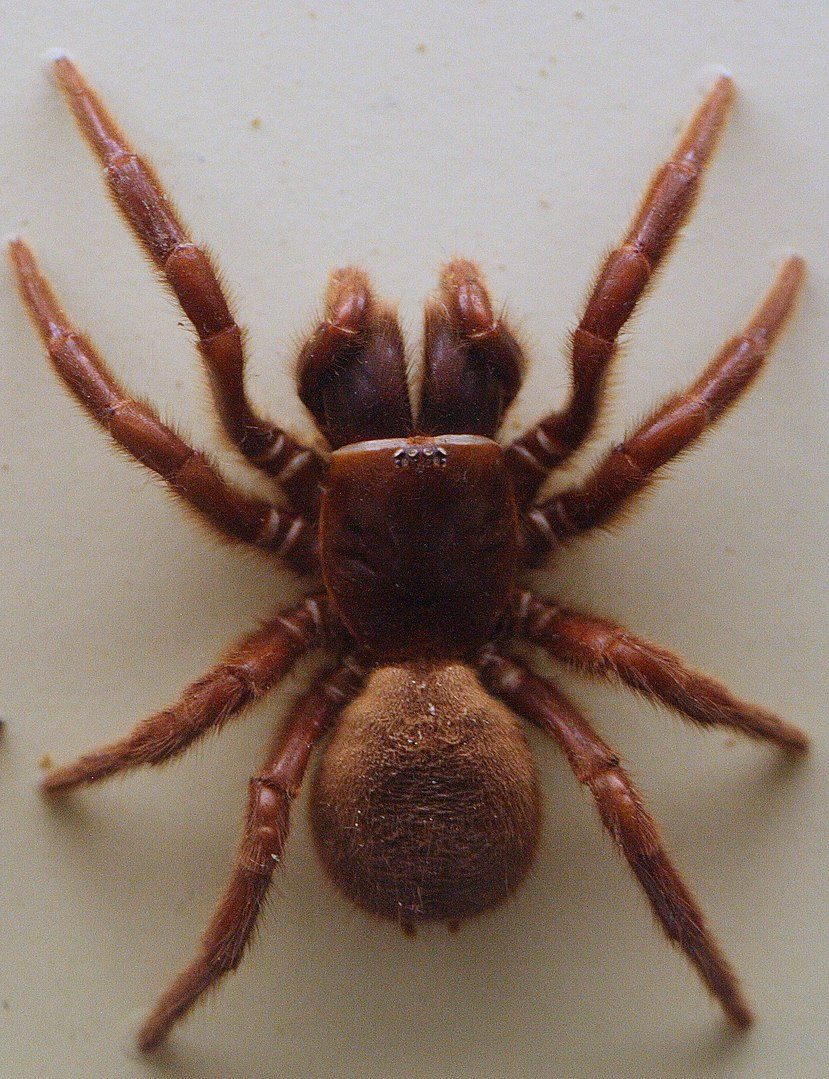
Another dangerous type of funnel web spider is the Northern tree-dwelling funnel web spider. This spider is found in Queensland and can also be quite deadly to humans. The Northern tree-dwelling funnel web spider is brown or black in colour and has a body that is about 1-2 inches long.
Alpine Funnel-web – Hadronyche Alpina
The Alpine funnel-web is a species of venomous spider found in southeastern Australia. It is a medium to large spider with a body length of up to 35mm and a leg span of up to 90mm. The Alpine funnel web is black in colour with light markings on its abdomen. It is a member of the funnel-web spider family, which contains some of the deadliest spiders in the world.
The Alpine funnel-web’s venom is highly toxic to humans and can cause serious illness or death if not treated promptly. Symptoms of envenomation include pain, swelling, nausea, vomiting, chest pain, and paralysis. There is an antivenom available for the treatment of Alpine funnel-web bites, but it must be administered within 4 hours of the bite occurring.
Darling Downs Funnel-web – Hadronyche Infensa

One of the most venomous spiders in Australia is the Darling Downs funnel web. It is a member of the Atracidae family and is found in southeastern Queensland and northeastern New South Wales.
The venom of the Darling Downs funnel web is very potent, and can cause serious illness or death if not treated promptly. The spider’s fangs are large and sharp, and it can deliver a large amount of venom with each bite.
The venom of the Darling Downs funnel web is particularly dangerous to children, as their smaller bodies are not able to handle the toxicity as well as adults. Treatment for a bite from this spider should be sought immediately.
The Darling Downs funnel web gets its name from its habitat – it builds its web in tree hollows and other sheltered places. The web is used to trap prey, which the spider then injects with its deadly venom.
Central Victorian Funnel-web – Hadronyche Meridiana
One of the most dangerous spiders in Australia is the Central Victorian Funnel-web, also known as Hadronyche Meridiana. These spiders are found in areas of central Victoria, including Melbourne, and are considered to be some of the most venomous spiders in the world.
While they are not as aggressive as some other species of funnel-web spiders, they will attack if they feel threatened. Their venom is powerful enough to kill a human within minutes, and there have been several recorded deaths from these spiders in Australia.
Border Ranges Funnel-web – Hadronyche valida
The Border Ranges funnel-web spider is one of Australia’s most venomous spiders. The male spider’s venom is particularly dangerous to humans and can cause severe pain, swelling and necrosis. The female spider’s venom is less potent, but can still cause serious illness in humans.
These spiders are found in the rainforests of the Border Ranges, and their webs can stretch up to 10 metres across. They are aggressive predators, and will often attack humans if they feel threatened. If you encounter a Border Ranges funnel-web spider, it is important to remain calm and call for medical help immediately.
Blue Mountains Funnel-web – Hadronyche versuta
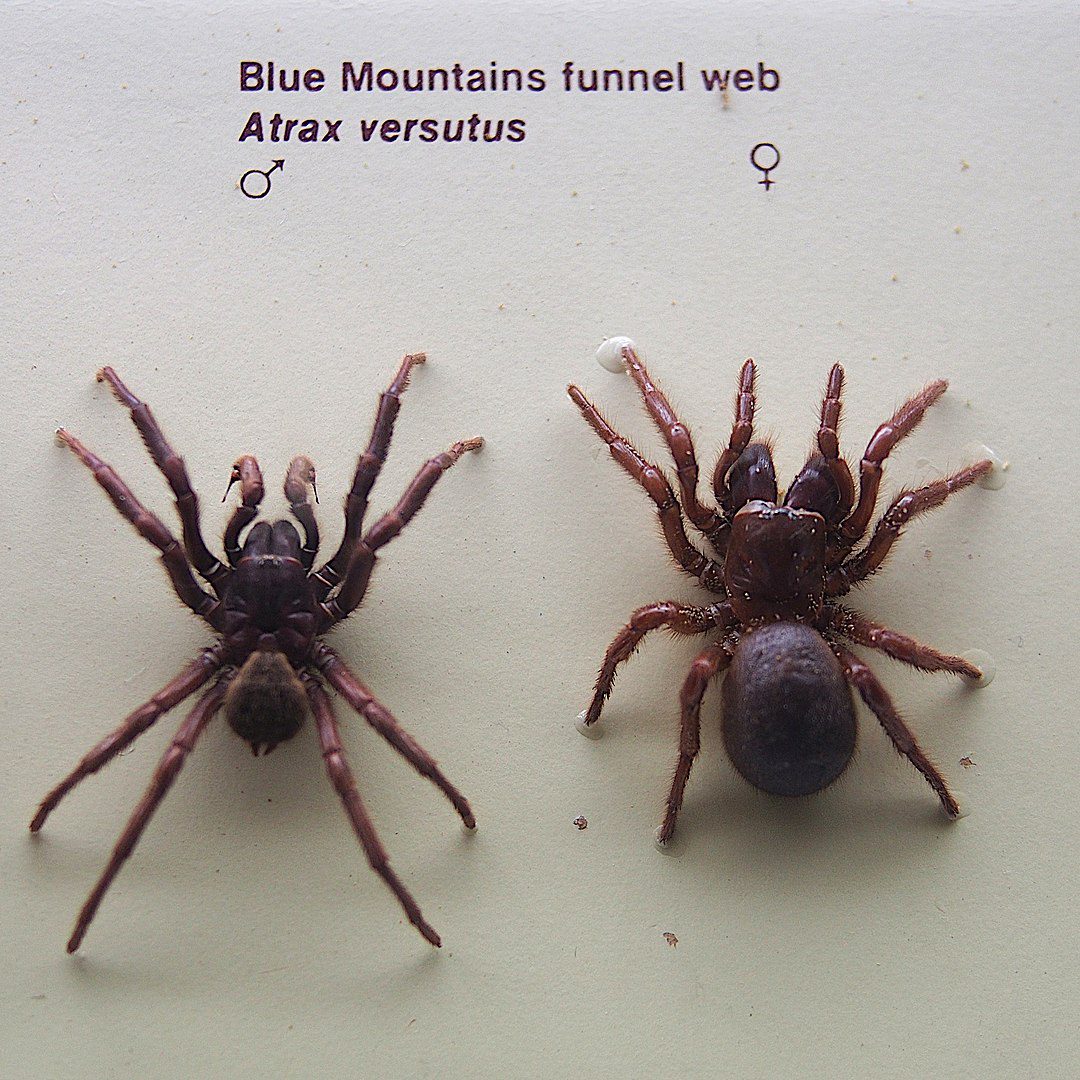
The Blue Mountains funnel web is one of the most venomous spiders in Australia. The male spider is particularly dangerous, as its venom is more potent than the female. A bite from this spider can cause severe pain, swelling and muscle cramps.
In some cases, it can even lead to death. The good news is that there are only a handful of recorded deaths from this spider in the past century. If you do come across one in your home, it’s best to call a professional to remove it.
Redback spider
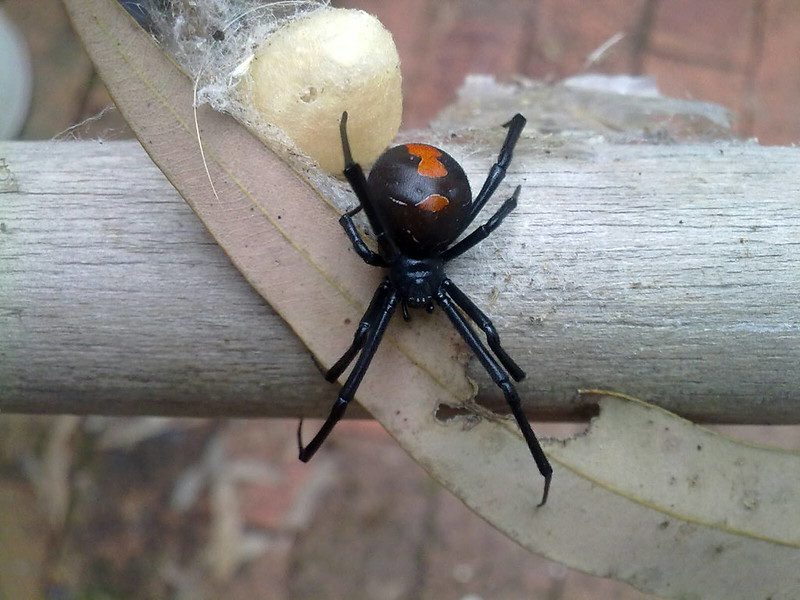
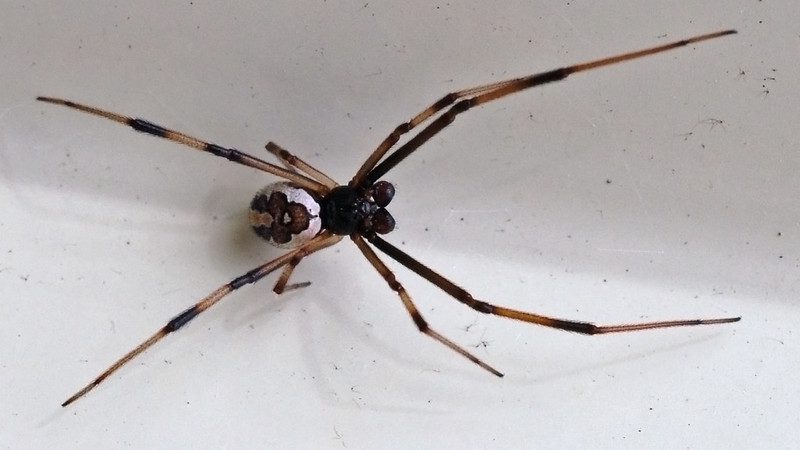
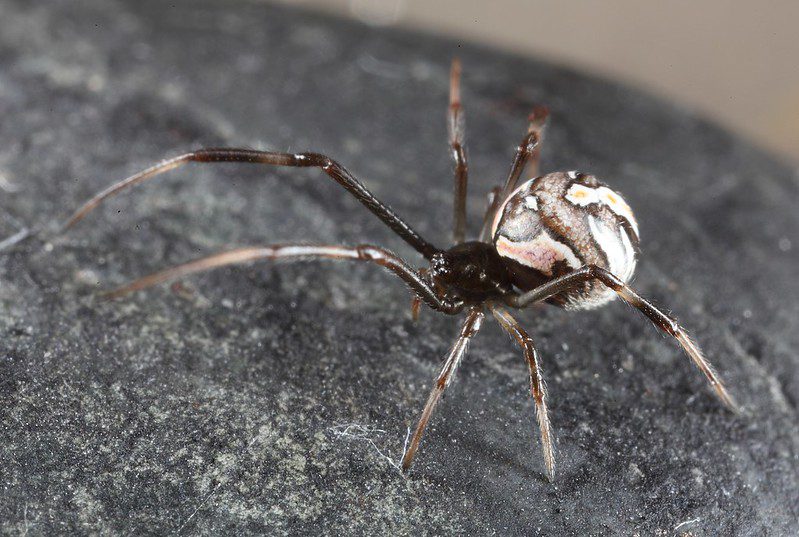
The redback spider is a species of highly venomous spider indigenous to Australia. The adult female redback spider is easily recognised by its black and red colouration on the upper side of the abdomen and its distinctive red stripe on the underside. The male redback spider is much smaller than the female and is often mistaken for a juvenile.
Redback spiders are found throughout Australia in urban and rural areas and are particularly common in Queensland and New South Wales. They prefer dry, sheltered habitats such as in long grass, under logs or rocks, or in sheds and other man-made structures.
Redbacks are not aggressive spiders but will bite humans if they feel threatened. Their bites can be extremely painful and can sometimes lead to serious health complications such as paralysis or even death.
Mouse spiders
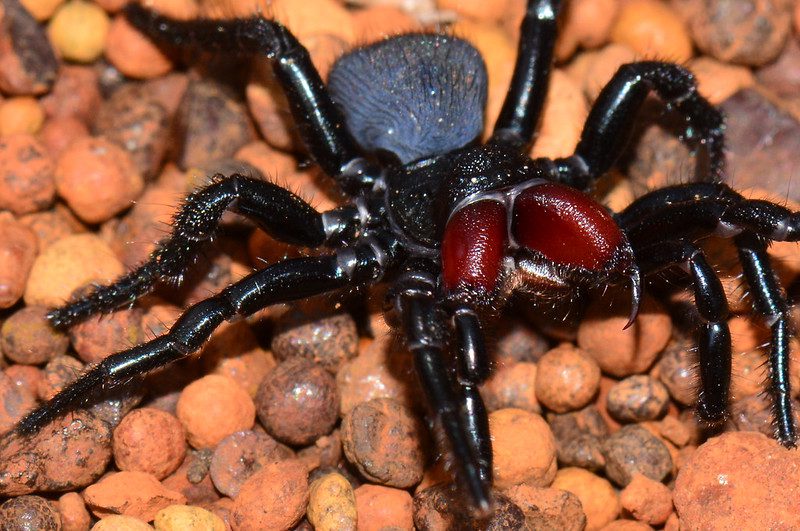
The males of the Australian mouse spider are among the most venomous spiders in Australia. They are dark brown or black, with a body length of up to 2 cm and a leg span of up to 4 cm. Mouse spiders are found in all Australian states except Tasmania.
The mouse spider is not aggressive but will bite if they feel threatened. The mouse spider’s bite can cause localised pain and swelling, and in rare cases may lead to severe illness or even death. It is estimated that there are around 10 human deaths from mouse spider bites each year.
Trap door spiders
Trapdoor spiders are one of the less venomous spiders in Australia. They are found throughout the country but are most commonly found in Queensland and Western Australia.
White-tailed spiders
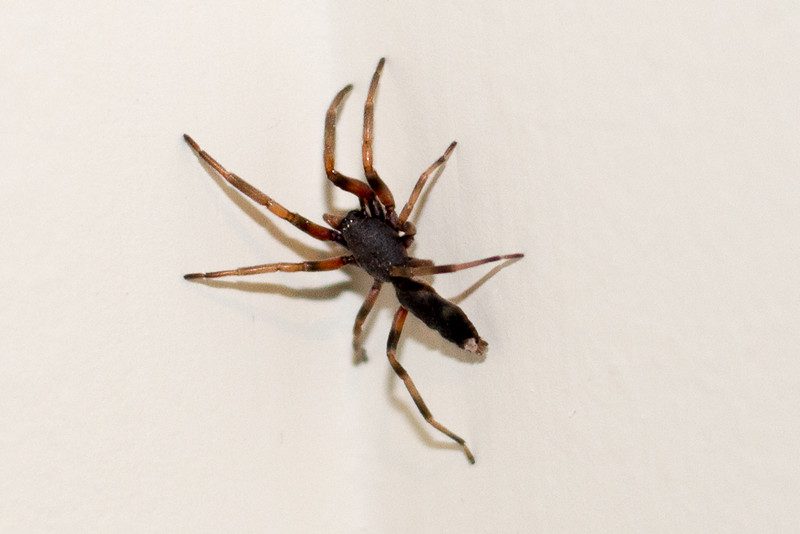
White-tailed spiders are dark brown to black and are found throughout Australia. They are often found in people’s homes, especially in dark, damp areas such as toilets and basements. White-tailed spiders are not aggressive and will only bite if they feel threatened.
However, their bites can be painful and cause swelling, redness and itchiness. In some cases, the bite can also lead to nausea, vomiting and headaches. If you are bitten by a white-tailed spider, it is important to seek medical attention as soon as possible.

Australian tarantulas
Tarantulas are large, heavy spiders that are found in warm climates around the world. They are not particularly aggressive but will bite if they feel threatened. A tarantula’s bite is not usually deadly to humans, but it can be very painful.
Tarantulas spin large webs of silk that they use to capture their prey. The silk is also used to make the tarantula’s home, or burrow. Tarantulas generally eat insects and small animals, but some species have been known to eat birds and lizards.
There are more than 700 species of tarantula, and many of them are found in Australia.
Recluse spider
A recluse spider’s egg is about the size of a grain of rice and is white in colour. The female recluse spider may lay up to 3,000 eggs in her lifetime. The eggs are laid in silken sacs and are often found in dark, secluded places such as under rocks or in old buildings.
Once the eggs hatch, the baby spiders will stay close to their mother for several weeks before venturing out on their own. Recluse spiders are not considered aggressive and will only bite humans if they feel threatened. However, their bites can be dangerous as they can cause severe tissue damage and even death in rare cases.
Huntsman spiders
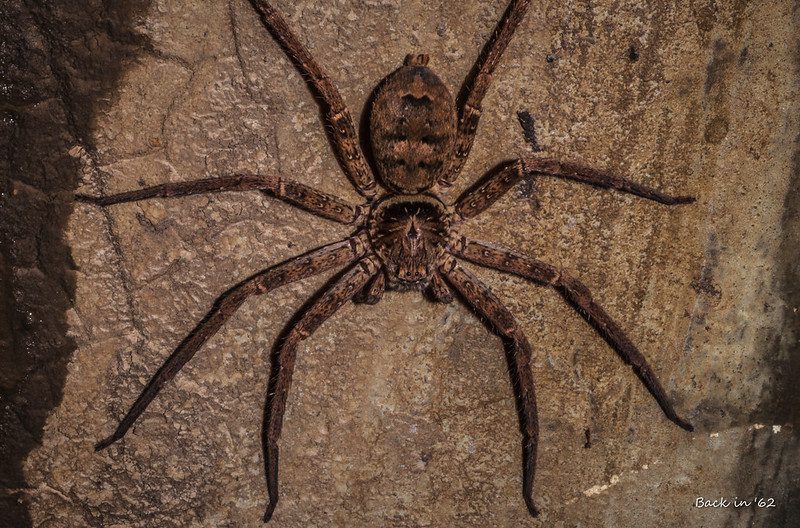
These Australian spiders are found throughout the continent and are one of the lesser venomous house spiders in the country. Although their bites are not usually fatal, they can cause severe pain and swelling. If you are bitten by a huntsman spider, apply first aid.
First aid for a huntsman spider bite includes washing the area with soap and water, applying a cold compress to the area, and taking over-the-counter pain medication. If you experience any severe symptoms, such as difficulty breathing, chest pain, or swelling of the face or tongue, you should go to the emergency room.
Common garden orb weaver spider
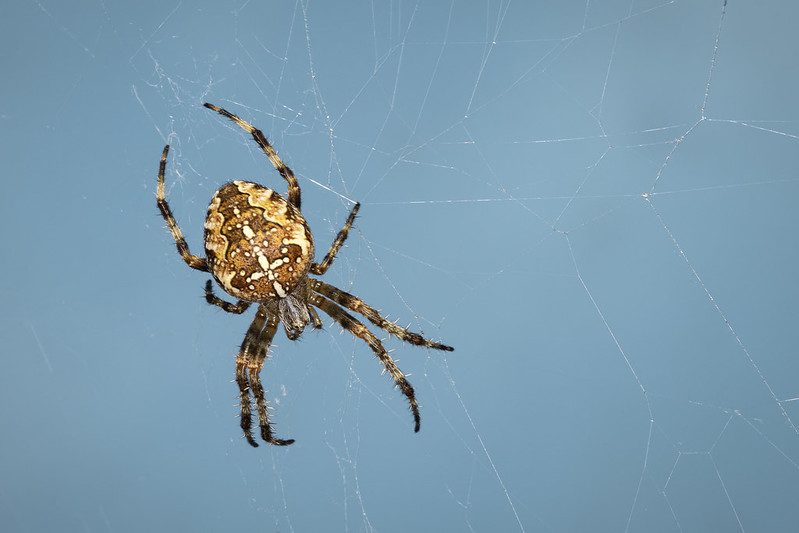
Orb weaver spiders are some of the most commonly found garden spiders in Australia. They can be easily identified by their large, round webs. Orb weavers are not aggressive and will only bite if they feel threatened. Their bites are not deadly but can cause swelling and pain.
There are many different types of orb weaver spiders, but the most common is the garden orb weaver spider. These spiders can be found in gardens all over Australia.
People Also Ask
What is Australia’s most common spider?
Wolf spiders, huntsmen, daddy long legs, orb-weaving spiders and the Common House Spider are all common spiders that live in Australia.
What kind of spider has black and white?
There are many different species of spider that have black and white markings, but the most venomous and deadly of these is the funnel-web spider. These Australian spiders are found in moist, dark areas such as under rocks and in trees, and their bites can cause serious illness or death if not treated immediately. If you think you have seen a funnel-web arachnid, it is important to call a professional pest control company to remove it from your property.
How do I identify a spider?
There are many different types of Australian spiders, and some of them are very venomous. So how can you tell if a spider is dangerous? Here are some things to look for:
- Appearance: Some venomous Australian spiders, such as the redback spider, have bright red markings on their backs. Others, like the funnel-web spider, are large and dark-coloured.
- Habitat: Many venomous arachnids live in dark, secluded places like under rocks or in trees. If you see a spider in its web, be extra cautious – it may be ready to attack!
- Behaviour: Venomous spiders are often aggressive, and will bite if they feel threatened. If you see a spider behaving aggressively, it’s best to stay away.
- You can also find spider identification apps and websites online here.
Do huntsman spiders bite humans?
These Australian spiders are large, fast-moving spiders that can be easily identified by their long legs and flat bodies. They are found in warm climates all over the world, including Australia. Though they are not considered to be deadly to humans, they can deliver a painful bite if they feel threatened.
There are more than 1,000 species of huntsman spiders, and they come in a variety of colours and patterns. They are most commonly found in trees, where they build funnel-shaped webs to trap prey. Huntsman spiders are carnivorous and will eat just about anything they can catch in their web, including other spiders.
While these Australian spiders generally avoid contact with humans, they will bite if they feel threatened or provoked. Their bites are not venomous and usually only cause local pain and swelling.
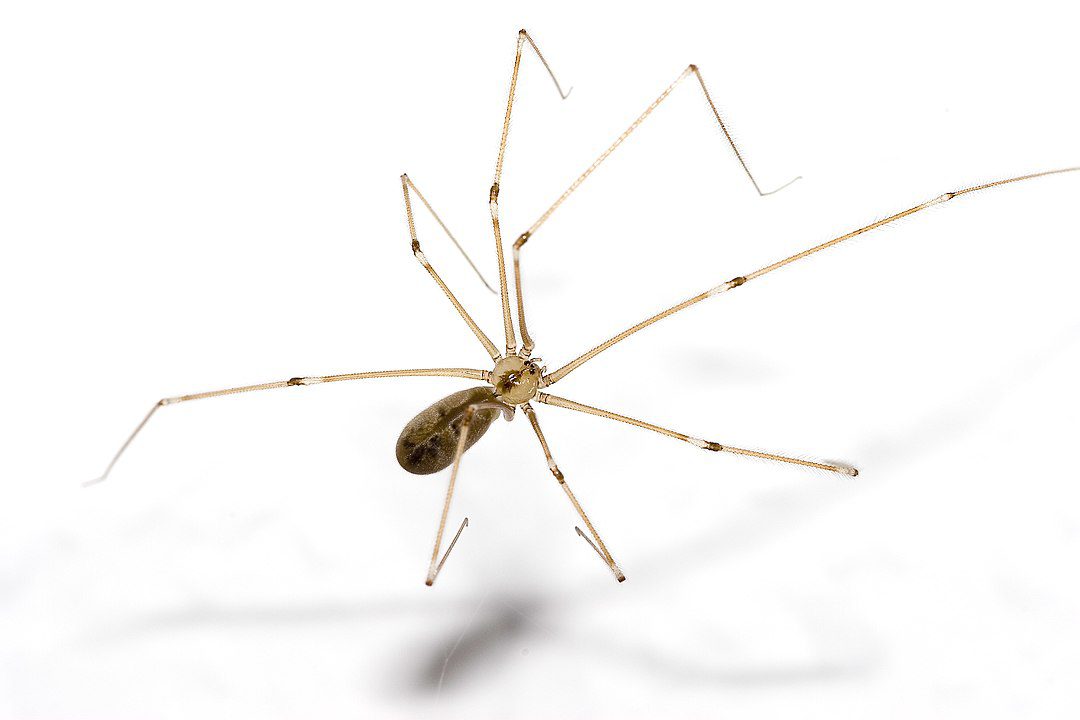
What do you do if you see House spiders?
When it comes to spiders, most people are more afraid of the large, dangerous-looking ones than the small, harmless variety. But even the small house spiders can be a nuisance. They’re often found near tree trunks, where they build their webs and wait for prey.
While they’re not deadly to humans, house spider bites can be painful and cause swelling. If you’re allergic to spider venom, a bite from house spiders can be serious. If you see house spiders in your home, it’s best to remove them carefully with a cup or jar. Then release it outside far away from your home.
What is the deadliest Australian spider?
The Sydney Funnel-web is the most dangerous and venomous spider in Australia and arguably in the world. The redback spider is most likely the second deadliest spider in Australia.






































